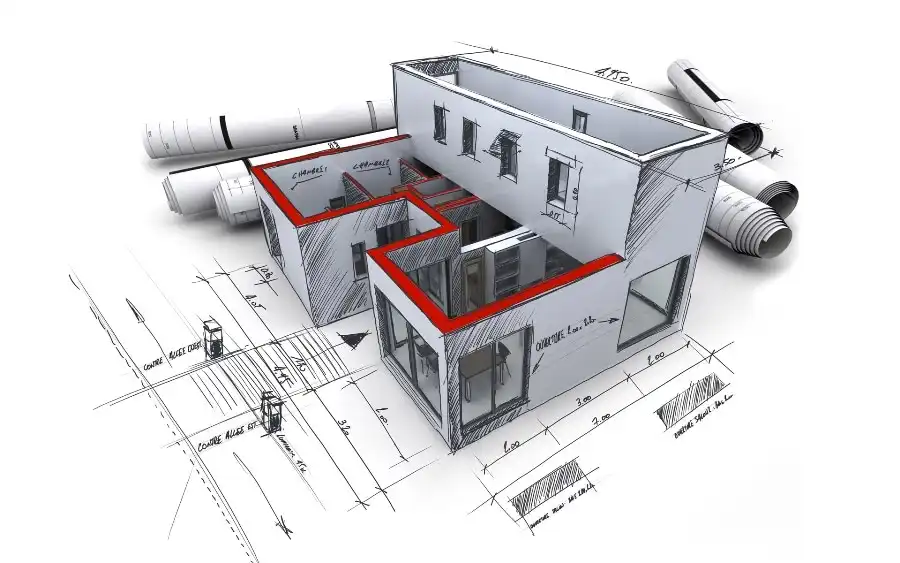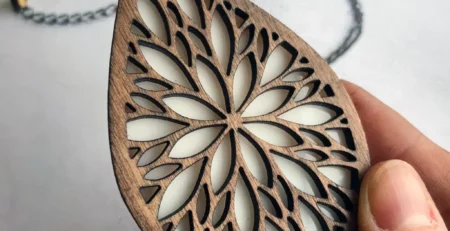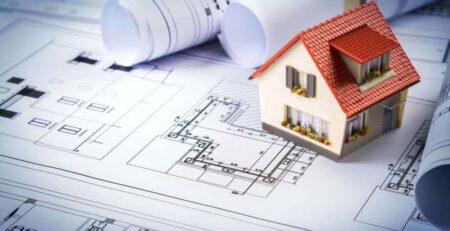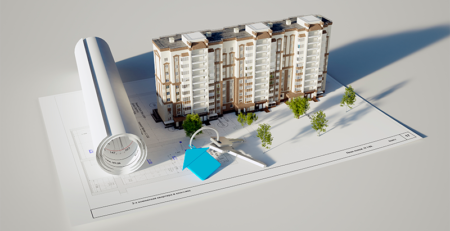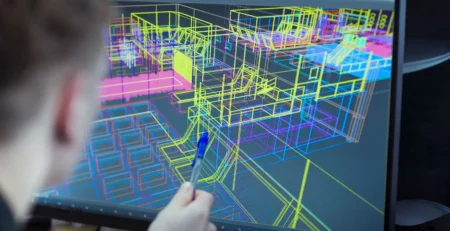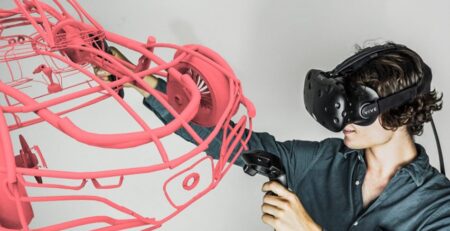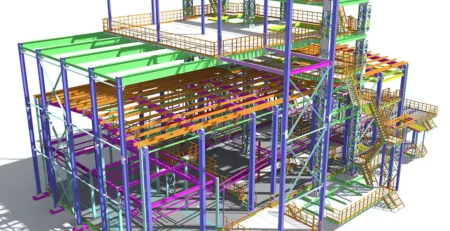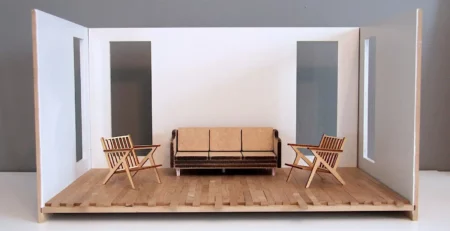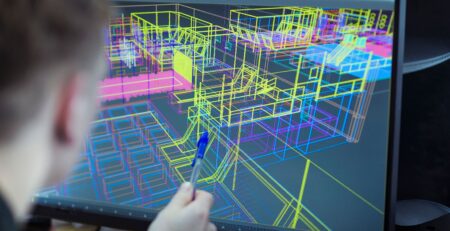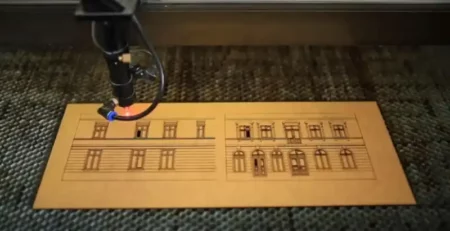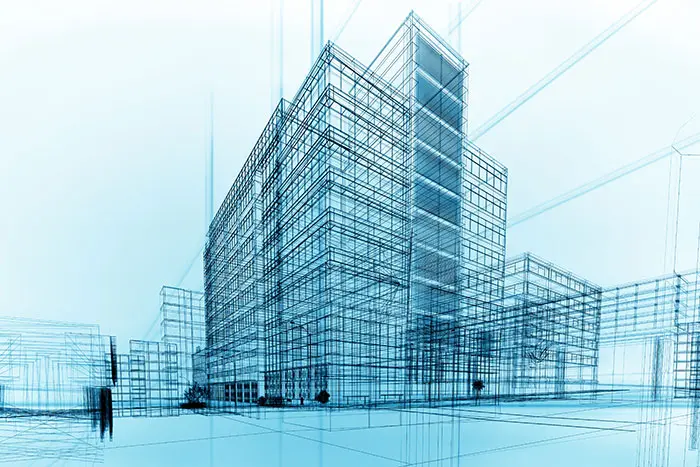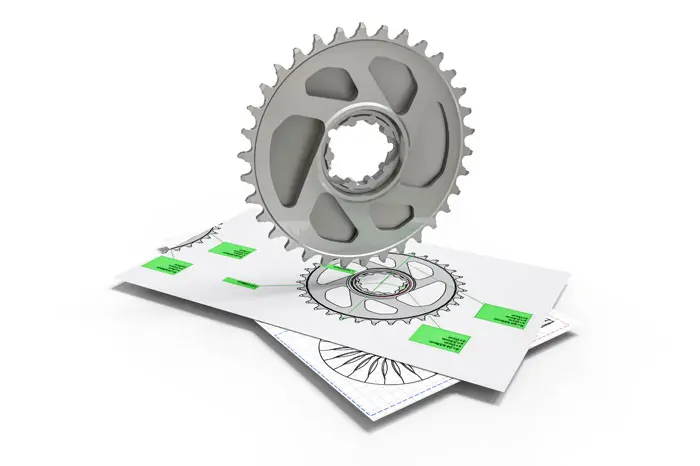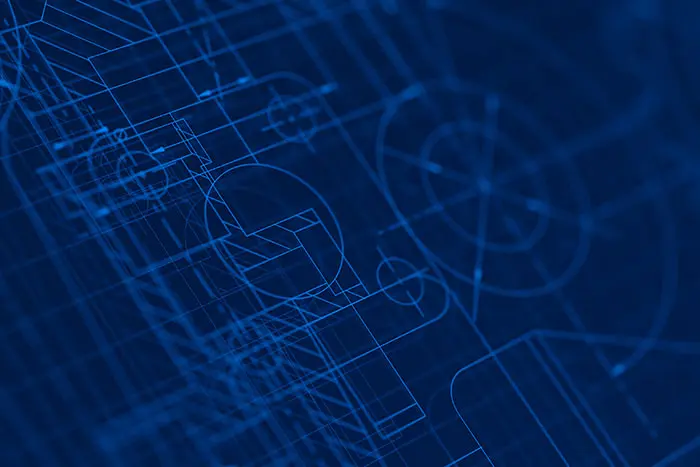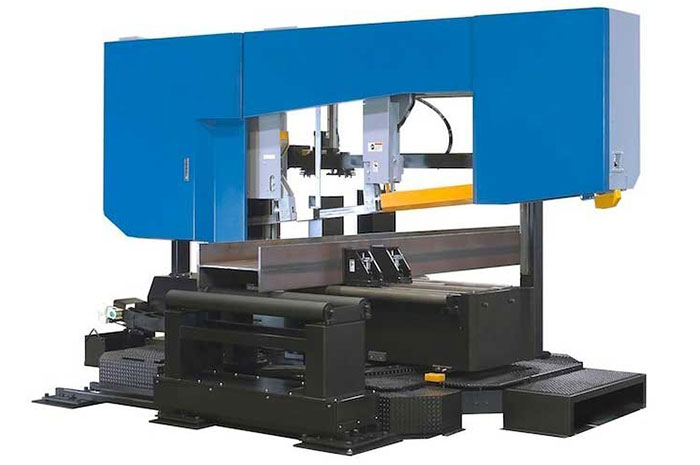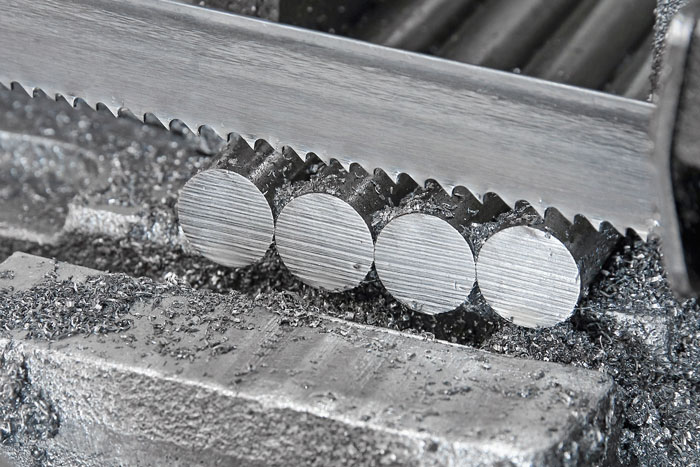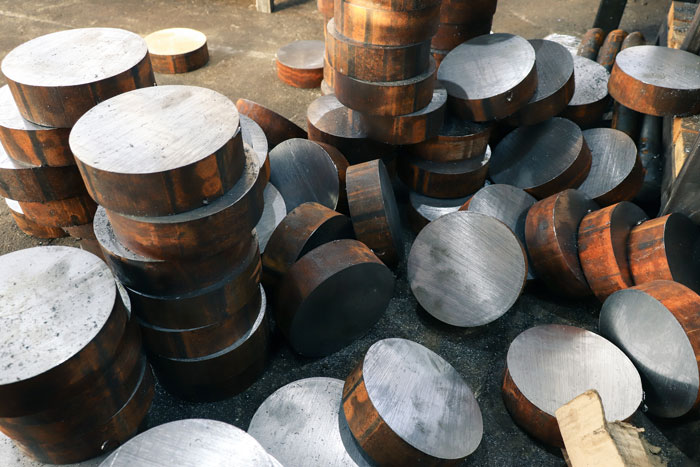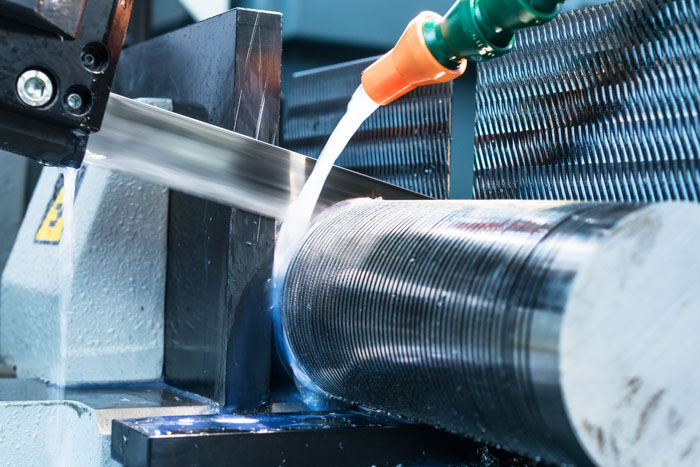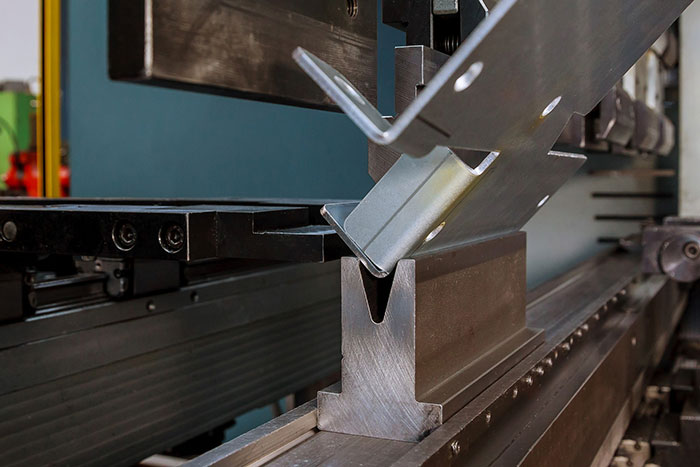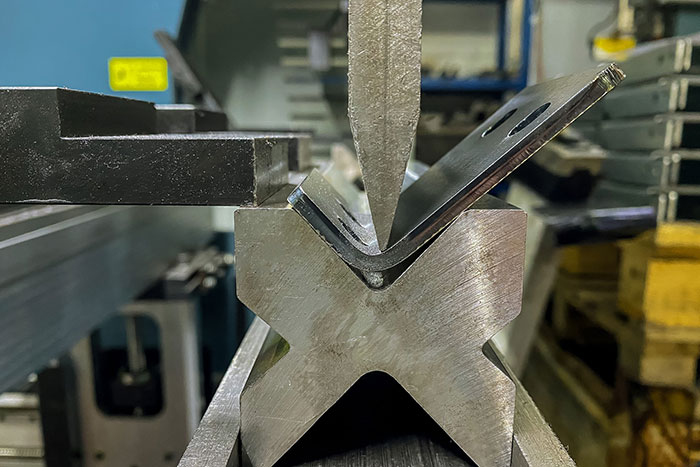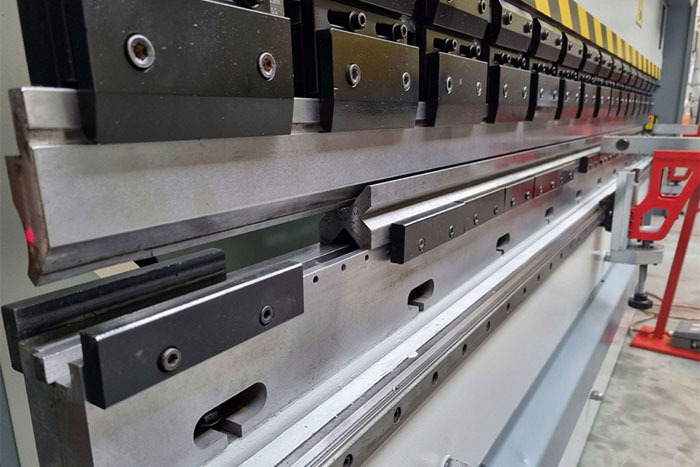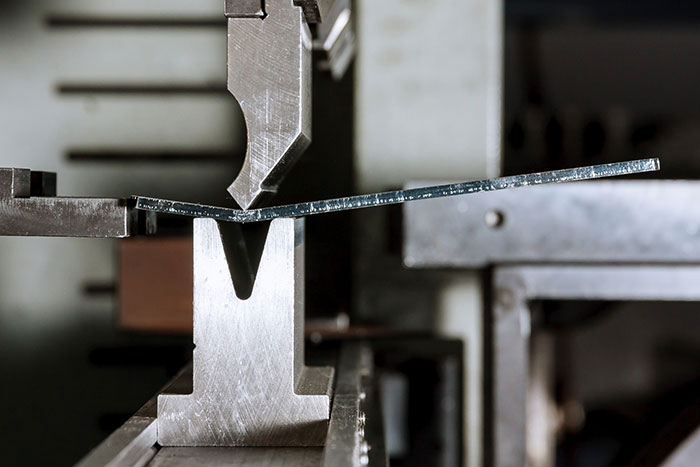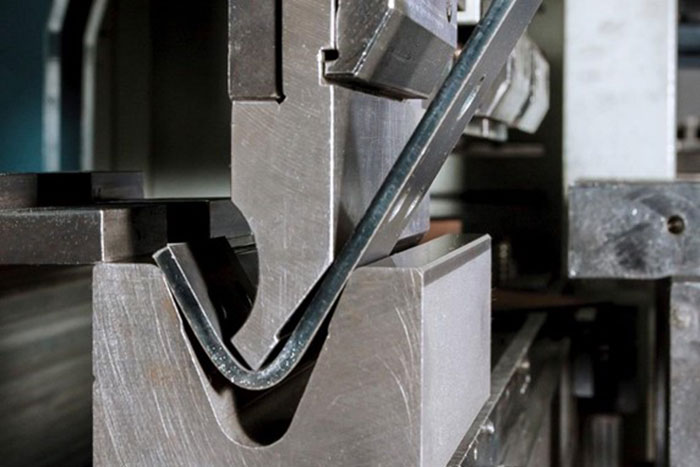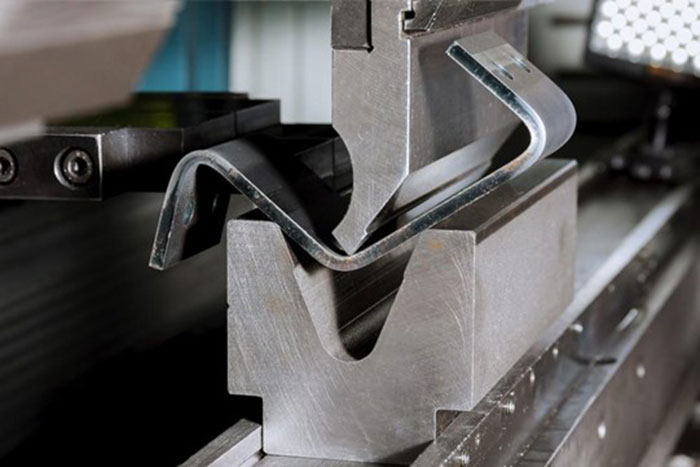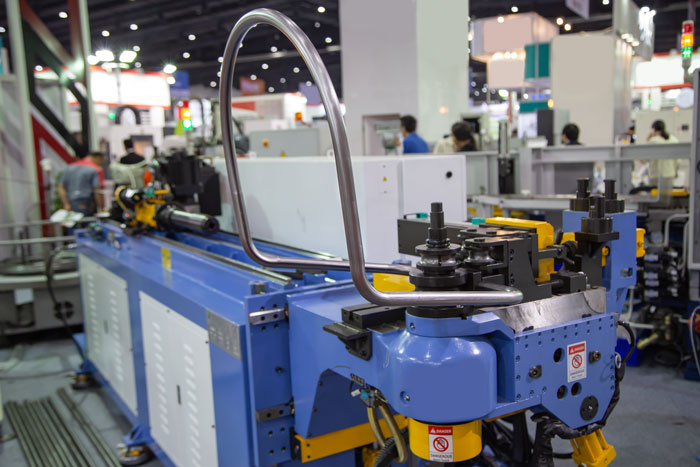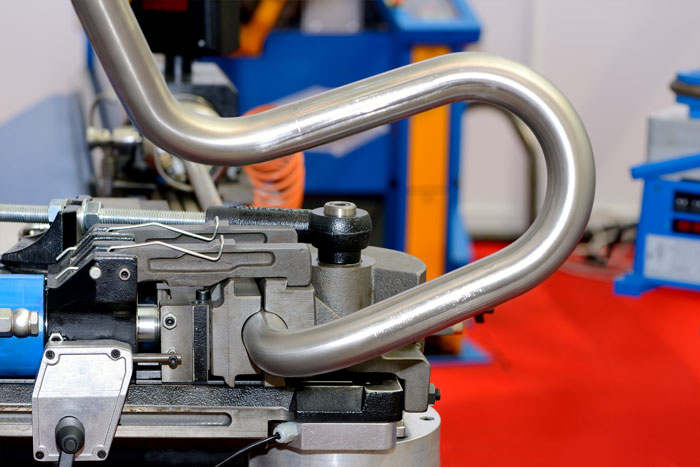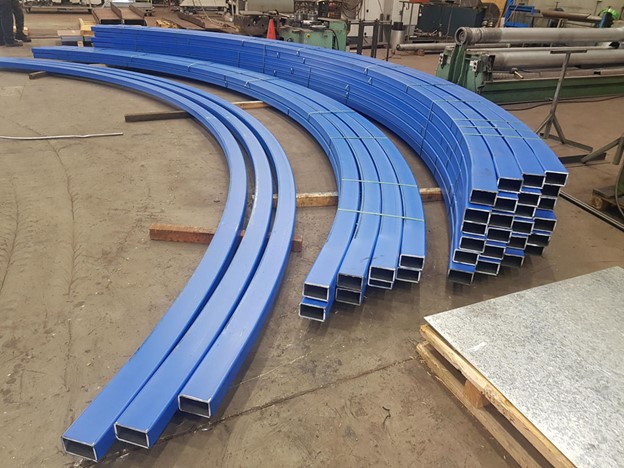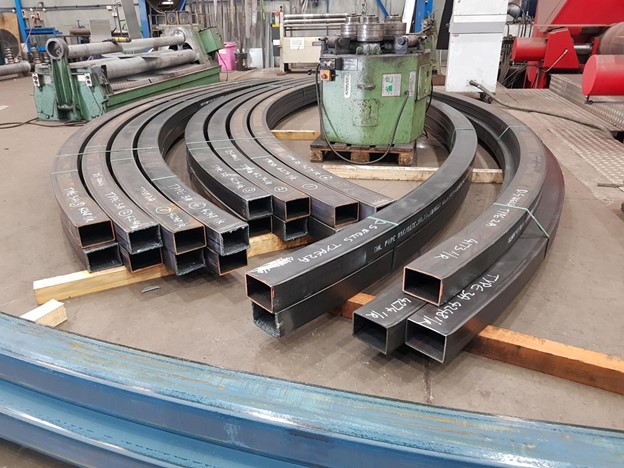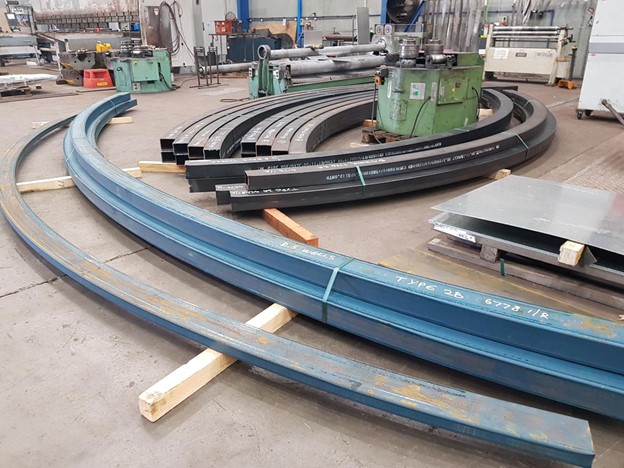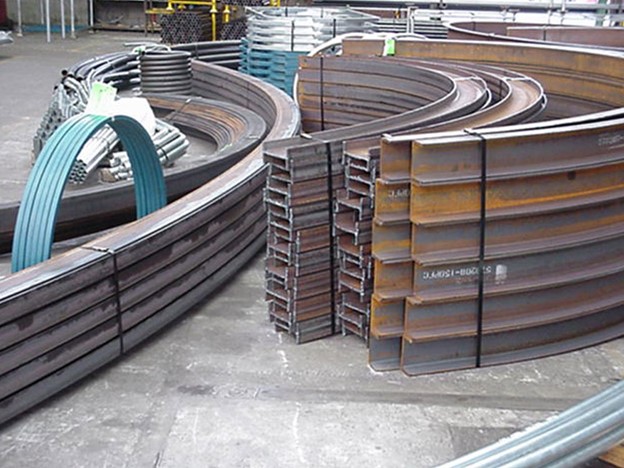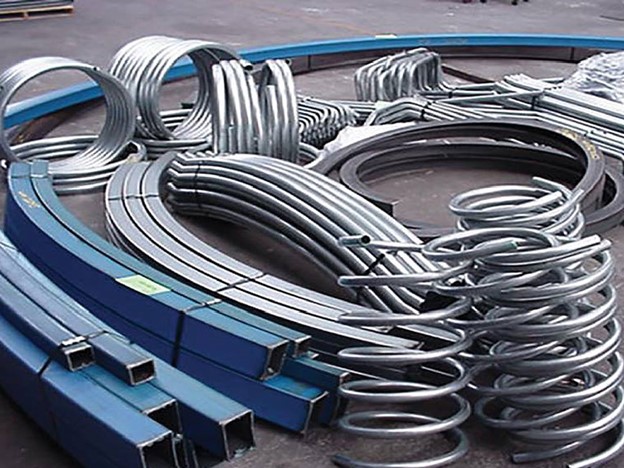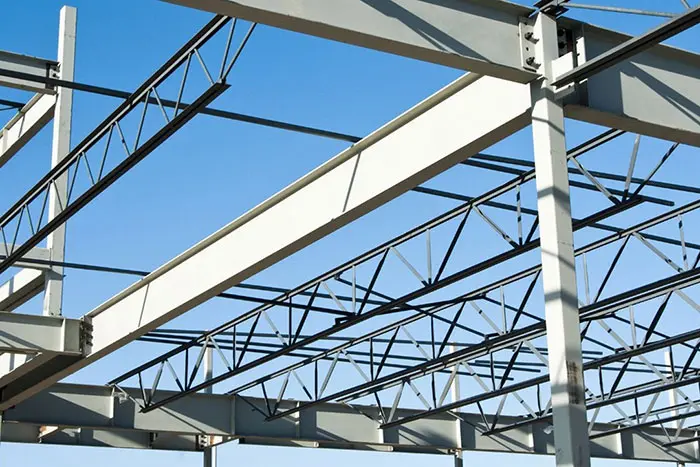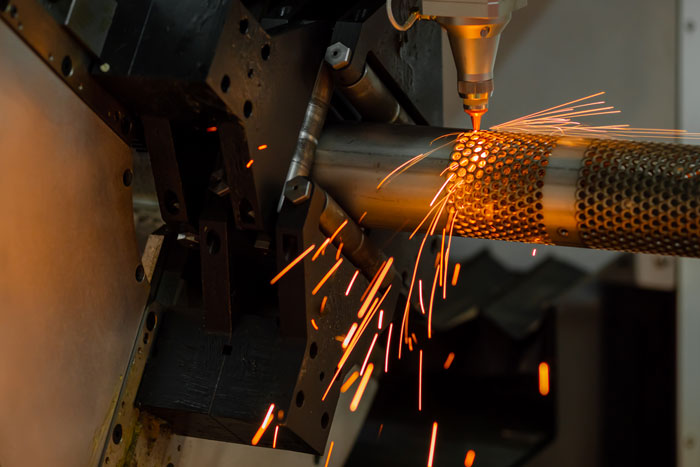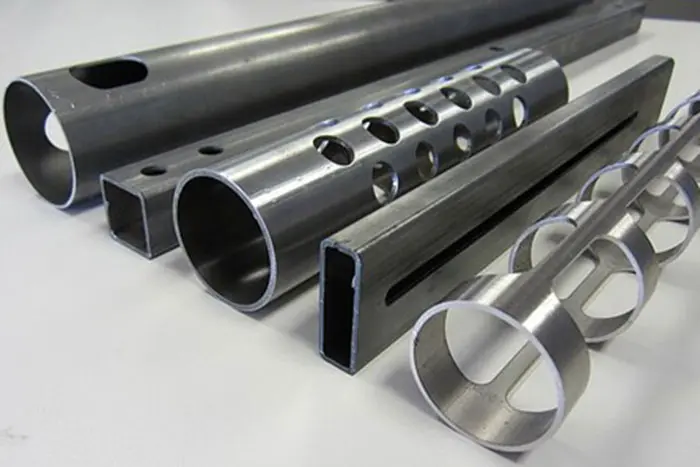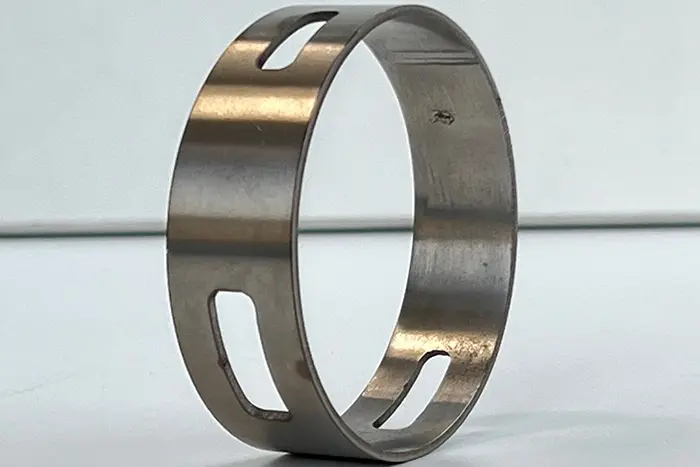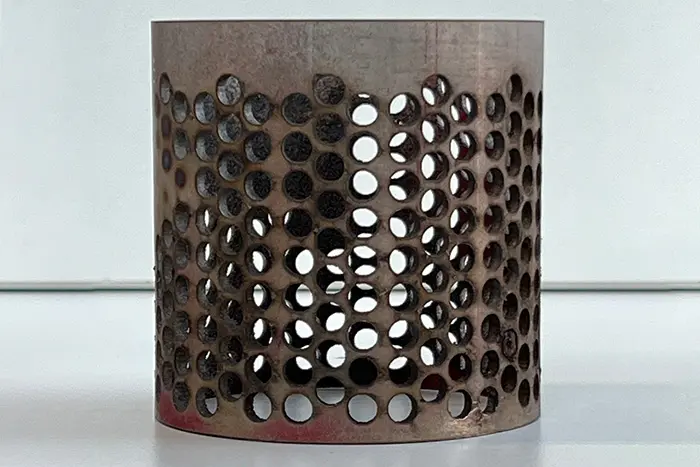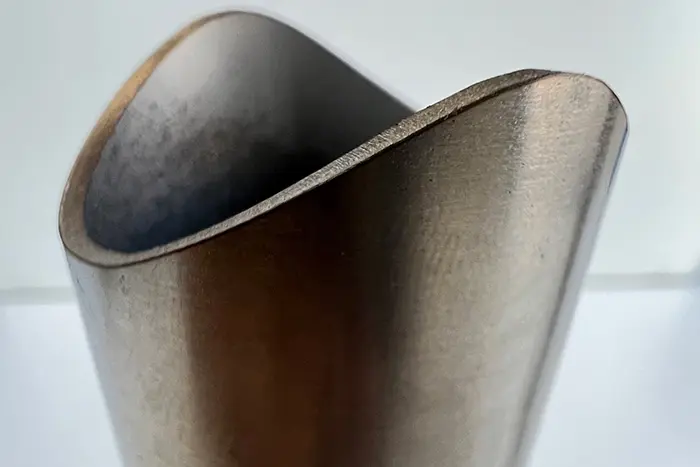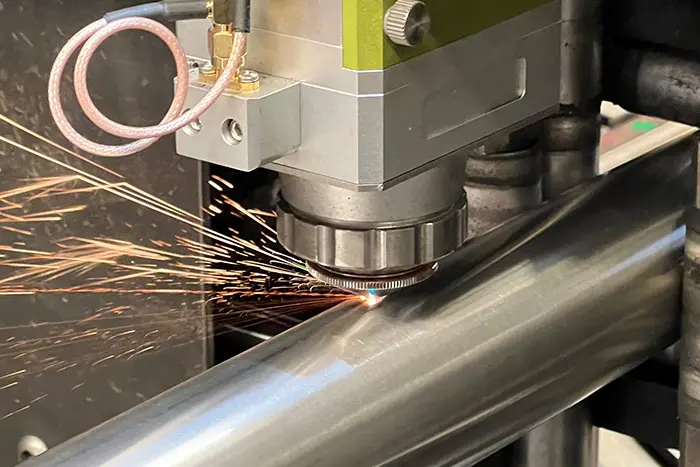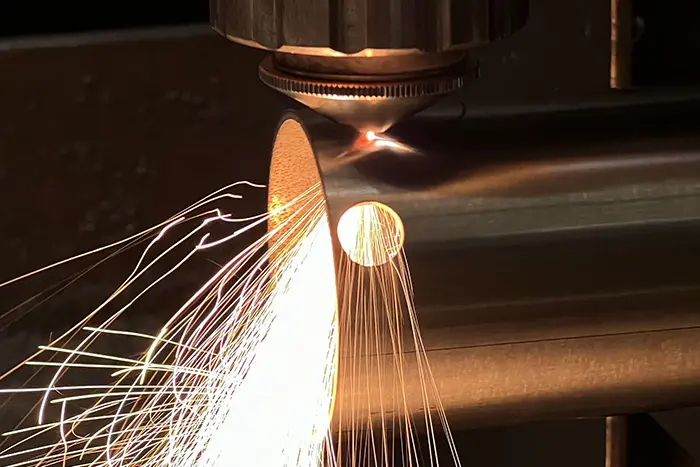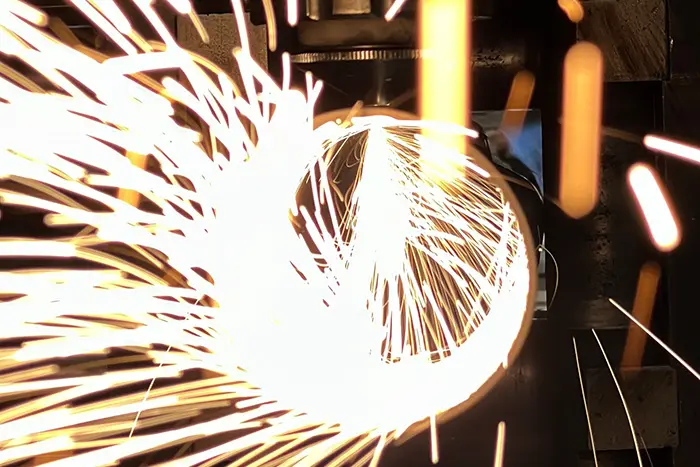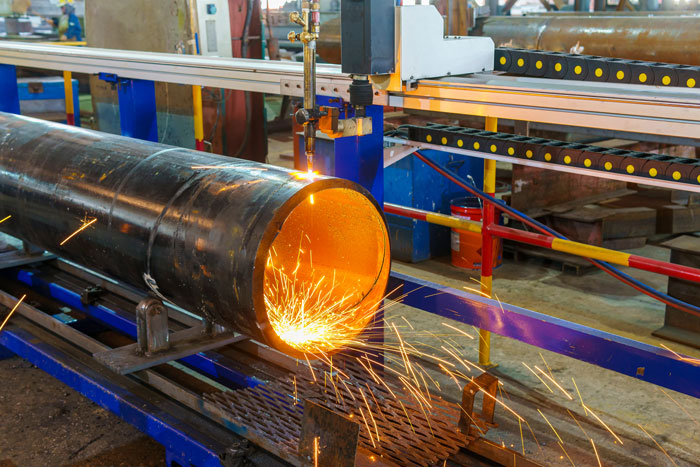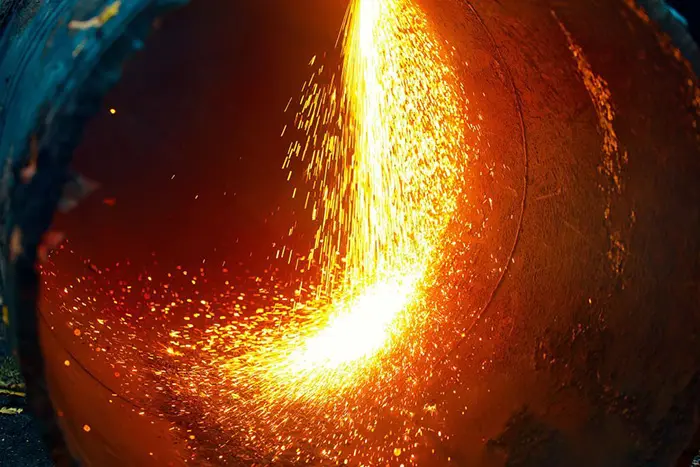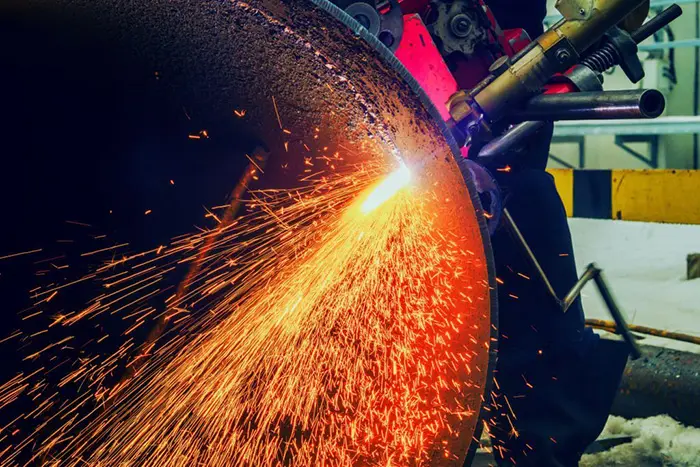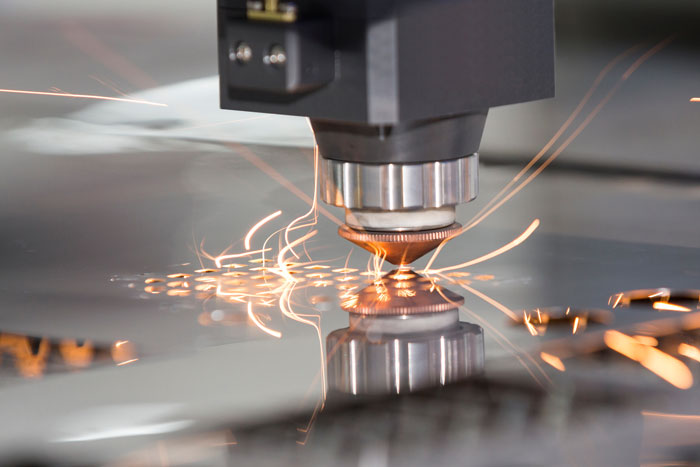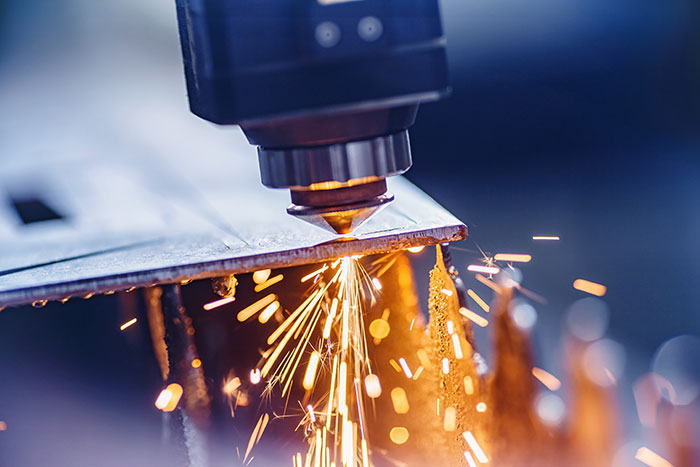Leveraging Drafting 3D Models for Design and Engineering
As sustainability becomes an increasingly important consideration in design and engineering, leveraging drafting 3D models offers a powerful tool to promote sustainable practices. Drafting 3D Models for Design and Engineering enables designers and engineers to visualize, analyze, and optimize their designs, leading to more environmentally friendly and resource-efficient outcomes. This article explores how drafting 3D models can be leveraged to drive sustainable design and engineering, ultimately contributing to a greener and more sustainable future.
Drafting 3D Models for Design and Engineering
- Visualizing Sustainability Features: Drafting 3D models allows designers to visualize sustainability features within their designs. Whether it’s incorporating renewable energy systems, optimizing natural lighting, or integrating green spaces, 3D models provide a realistic representation of how these features interact with the overall design. Visualizing sustainability aspects helps designers make informed decisions and prioritize environmentally conscious design choices.
- Optimizing Energy Efficiency: Drafting 3D Models for Design and Engineering enable engineers to simulate and analyze energy performance within a design. By utilizing energy analysis tools, designers can assess the thermal properties, energy consumption, and efficiency of a building or product. This analysis allows for the identification of potential areas for improvement, such as insulation, HVAC system optimization, or renewable energy integration, resulting in more energy-efficient designs.
- Minimizing Material Waste: By drafting 3D Models for Design and Engineering, designers can accurately calculate the material quantities required for a project. By optimizing the design and nesting components efficiently, material waste can be minimized during manufacturing and construction. The ability to visualize the entire assembly and identify potential inefficiencies helps designers reduce material consumption, leading to cost savings and reduced environmental impact.
- Lifecycle Assessment and Analysis: 3D models enable designers to conduct lifecycle assessments of their designs, considering factors such as material sourcing, production, use, and end-of-life disposal. By simulating and analyzing the environmental impact at each stage of the lifecycle, designers can make informed decisions to minimize negative consequences. This holistic approach promotes sustainable design choices and encourages the use of environmentally friendly materials and processes.
- Enhancing Collaboration and Communication: Drafting 3D Models for Design and Engineering facilitates effective collaboration and communication among multidisciplinary teams, which is crucial for sustainable design and engineering. Through 3D models, stakeholders from different disciplines can easily understand the design intent and contribute their expertise. This collaborative approach helps integrate sustainability considerations from the early stages, ensuring that diverse perspectives are taken into account and fostering a culture of sustainability within the project.
- Evaluating Sustainable Design Alternatives: With Drafting 3D Models for Design and Engineering, designers can quickly generate multiple design alternatives and assess their sustainability performance. By comparing different scenarios, such as material choices, energy systems, or building orientations, designers can select the most sustainable option based on objective data and analysis. This iterative process promotes innovation and encourages designers to explore new possibilities for sustainable design solutions.
- Designing for Disassembly and Recycling: Drafting 3D models allows designers to incorporate principles of design for disassembly and recycling. By considering the end-of-life stage of a product or building during the design phase, designers can create designs that are easier to disassemble and recycle. This promotes circular economy principles, reduces waste generation, and supports the efficient use of resources.
- Integration with Sustainable Certification Systems: Many sustainable certification systems, such as LEED (Leadership in Energy and Environmental Design) or BREEAM (Building Research Establishment Environmental Assessment Method), require detailed documentation and analysis of design features. Drafting 3D Models for Design and Engineering provides a solid foundation for generating the necessary documentation and data required for certification, streamlining the certification process, and ensuring compliance with sustainability standards.
leveraging the power of Drafting 3D Models
By leveraging the power of Drafting 3D Models for Design and Engineering, designers and engineers have the opportunity to play a significant role in advancing sustainable design and engineering practices. The ability to visualize, analyze, and optimize designs in a virtual environment allows for a more comprehensive understanding of the environmental impact of various design choices. This empowers professionals to make informed decisions that prioritize sustainability without compromising functionality or aesthetics.
Furthermore, the integration of Drafting 3D Models for Design and Engineering with other sustainable technologies and approaches opens up new possibilities for innovation. For example, combining 3D modeling with building information modeling (BIM) allows for the creation of intelligent models that encompass not only the physical aspects of a design but also the data related to its sustainability performance. This integration enables designers to simulate energy usage, daylighting, and thermal comfort, among other factors, ensuring that sustainable design goals are met throughout the lifecycle of a building.
Additionally, the use of Drafting 3D Models for Design and engineering facilitates the adoption of advanced manufacturing techniques, such as additive manufacturing (3D printing). This technology allows for the creation of complex, customized, and lightweight designs that reduce material waste and energy consumption. By utilizing 3D models as the basis for additive manufacturing processes, designers can optimize the use of materials and minimize the environmental impact associated with traditional manufacturing methods.
Collaboration and knowledge sharing are crucial in driving sustainable design and engineering practices forward. By drafting 3D models, professionals can easily share and collaborate on designs with stakeholders, including clients, contractors, and sustainability consultants. This collaborative approach ensures that everyone involved is aligned with the project’s sustainability goals and allows for the incorporation of diverse perspectives and expertise throughout the design process.
As sustainability continues to be a global imperative, the demand for professionals who can leverage Drafting 3D Models for Design and Engineering will only increase. By staying up-to-date with the latest advancements in 3D modeling software, sustainable design principles, and certification systems, designers and engineers can position themselves at the forefront of the industry, driving positive change and contributing to a more sustainable future.
Drafting 3D Models
Drafting 3D Models for Design and Engineering present immense opportunities for advancing sustainable design and engineering. By visualizing sustainability features, optimizing energy efficiency, minimizing material waste, conducting lifecycle assessments, enhancing collaboration, and integrating with sustainable certification systems, professionals can create designs that are environmentally responsible, resource-efficient, and aligned with the principles of sustainable development. By embracing the power of drafting 3D models, we can collectively work towards a more sustainable and resilient built environment.
Leveraging Drafting 3D Models for Design and Engineering empowers designers and engineers to create environmentally responsible and resource-efficient solutions. By visualizing sustainability features, optimizing energy efficiency, minimizing material waste, conducting lifecycle assessments, enhancing collaboration, evaluating design alternatives, designing for disassembly and recycling, and integrating with sustainable certification systems, professionals can drive the adoption of sustainable practices and contribute to a greener future. Embracing drafting 3D models as a sustainable design tool enables us to create innovative, efficient, and environmentally friendly designs that make a positive impact on both the built environment and our planet as a whole.

